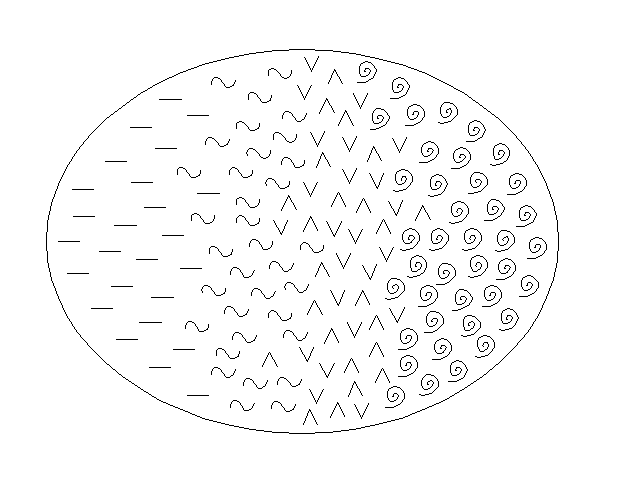![]()
 The instruction text reads as follows in its entirety: Interpret the symbols in music as little figures. Take care that each kind of figure goes together with the others in a sound pattern (it can be a good idea to practise each for itself). By a common process, go through the different sound-patterns with gradual shifts. |
*